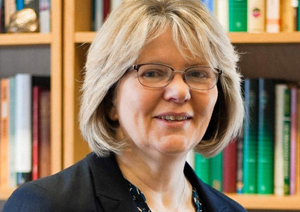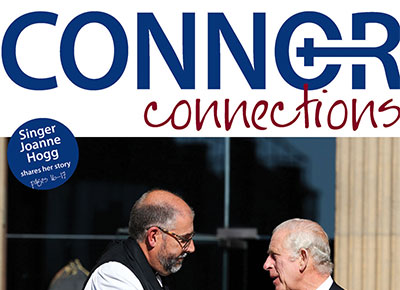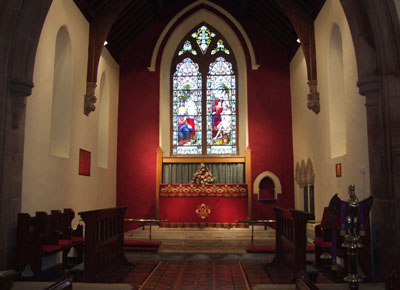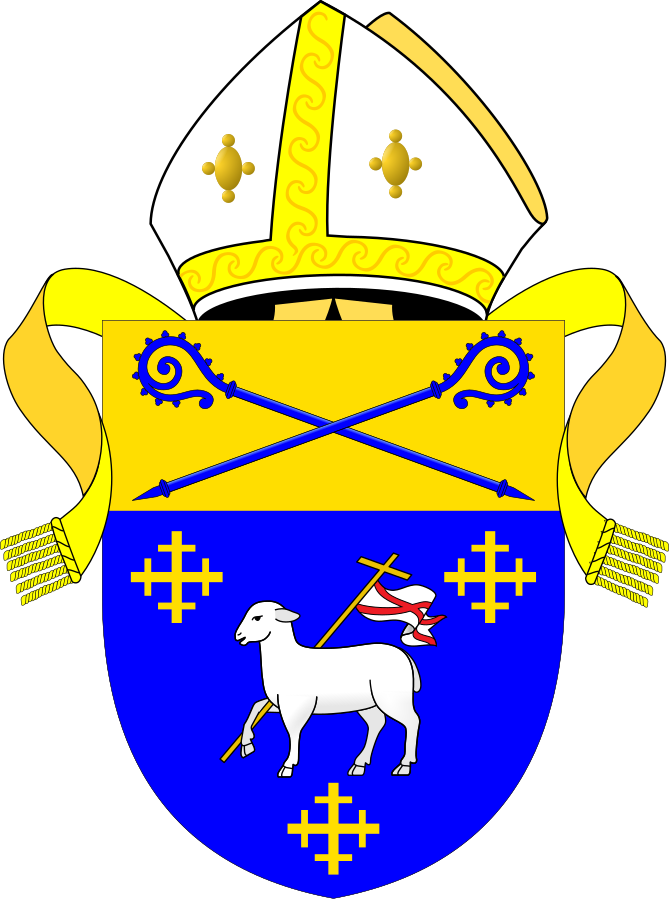Retired clergy hear work of Covenant Council
Report by Canon John Budd

The Rev Dr Janet Unsworth, Director of the Ministries Team of the Methodist Church in Ireland.
The first event of the Retired Clergy Association (NI)’s 2024 programme took the form of a joint meeting with Methodist retired clergy in the Church of the Good Shepherd, Monkstown, Newtownabbey – which is itself a joint Anglican/Methodist single congregation partnership – in February.
The meeting came about as a result of an initiative of the Rev Dr Harold Good, a past President of the Methodist Church in Ireland, who addressed the RCA (NI) in 2023.
Following coffee in the Church Hall, members were welcomed by the Rev Nathan Ervine of the Church of Ireland who is at present responsible for the Church of the Good Shepherd, and the Rev Billy Davison and Canon Jim Campbell on behalf of the Methodist and Church of Ireland retired clergy respectively.
The guest speaker was the Rev Dr Janet Unsworth, Director of the Ministries Team of the Methodist Church in Ireland, based at Edgehill House in South Belfast, and currently Secretary of the Covenant Council which oversees relations between the Church of Ireland and the Methodist Church. She was recently appointed as the next Methodist Ecumenical Canon on the Chapter of St Anne’s Cathedral, Belfast.
Taking as her subject the work of the Covenant Council, she traced the course of inter-Church relations from as far back as 1905, referencing the Tripartite Commission of the 1960s and the Joint Theological Working Party of the 1980s which drew up a draft Covenant to oversee Church of Ireland and Methodist relations and which was presented to the Methodist Conference and General Synod in 2000.
Dr Unsworth told members that following the draft publication questions about both Church unity and relations with other denominations, particularly the Presbyterian Church, were to the fore, although there were only 65 responses to the 2000 draft.
In 2001, a revised draft was sent to the Methodist Church and the Church of Ireland which was passed by both Churches in 2002, with a formal signing then taking place. The Joint Theological Working Party was dissolved and the Covenant Council set up in its place.
Dr Unsworth said that the Covenant was never meant to be seen as a line in the sand, but, rather, as part of a process. It included 10 steps, covering topics such as praying for each other, welcoming each other’s members, sharing resources, helping to draw out common gifts, encouraging interchange of ministries, encouraging united congregations, and joint training and chaplaincy work.
Over the years, much work has been accomplished arising from the Covenant and progress is still ongoing. There have been some joint mission events and areas for possible joint future mission work have been identified.
The speaker believed that interchangeability was central to the implementation of the Covenant, both locally and on a wider front. Whilst recognising each other’s offices and liturgical rites, there was still continued exploration of each other’s understanding of ministry and of rites such as Ordination, Holy Communion, Confirmation and Marriage.
Whilst some areas remain more sensitive and some easier to progress than others, Dr Unsworth added, the picture may always be mixed, though she believed that there was still so much more we could do together than apart.
Members present agreed that the meeting had proved to be a very enlightening and fruitful occasion and similar joint meetings were referred to as a possibility in the future.
© Copyright The Church of Ireland Diocese of Connor 2025 | Web Design by LD2.digital




